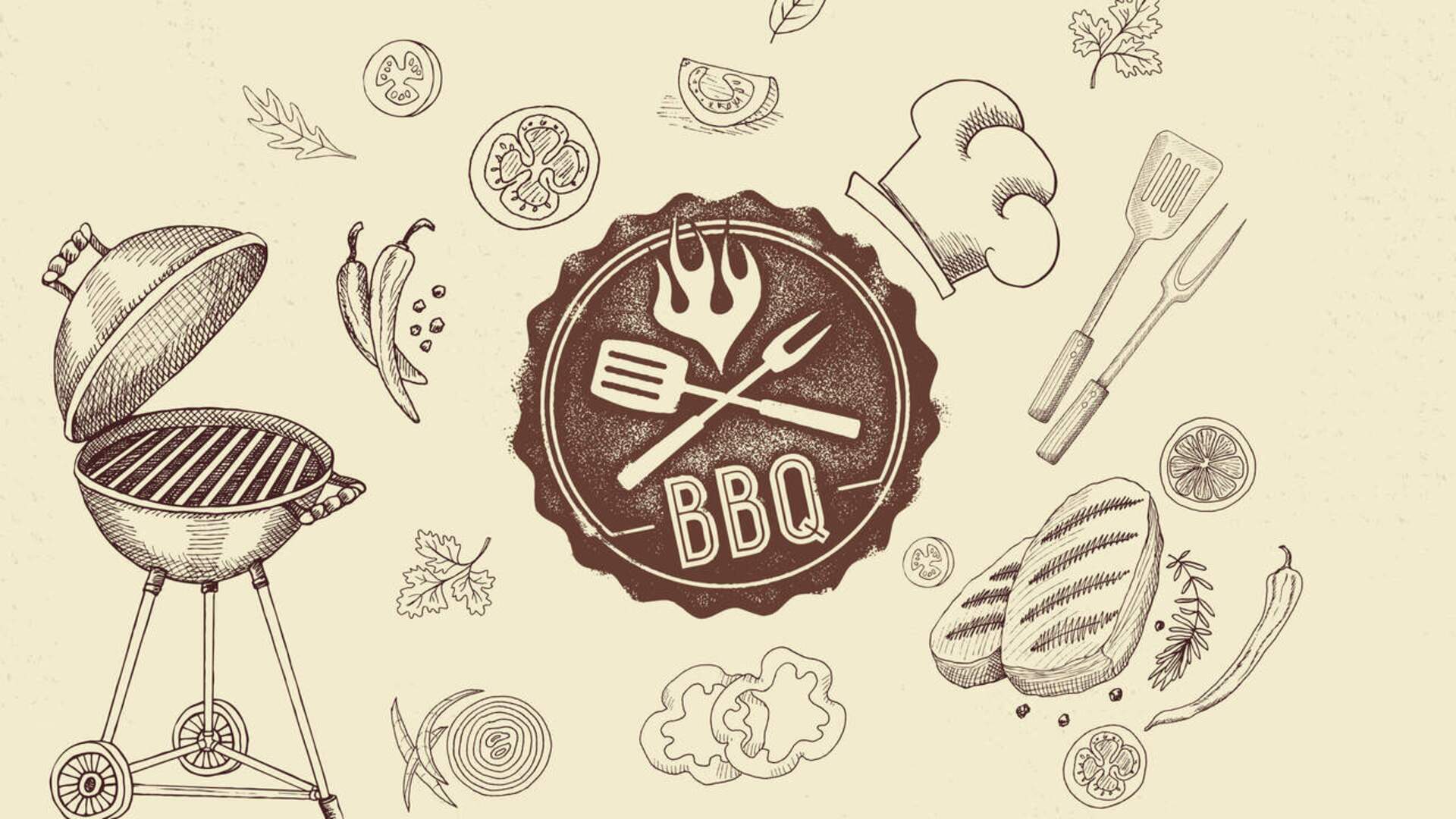The meat is seared briefly on all sides over the embers or, in the case of a gas grill, over the flame and then cooked next to the heat source with the lid closed. This takes longer than direct grilling, especially with large pieces of meat, but the result is impressive, or rather tasty
The only exception: grilled sausages. They are grilled from A to Z on the embers. The grill should be set so that they don't get too hot. Otherwise the same thing will happen that every "tong swinger" has experienced: The sausage is more than crispy on the outside, but still cold on the inside.
Even less so than grilled sausages, you can tell from the outside whether large pieces of roast meat or steaks are done. That's why a digital meat thermometer is essential for professionals. "Nowadays, many people invest in a high-quality kettle or ceramic grill, so they shouldn't skimp on the thermometer," advises Philipp Glauser. "Because there is often only a few degrees difference in temperature between a juicy and a dry piece of meat."
As a rule of thumb, any type of meat is cooked through at 72 degrees Celsius. Beef and lamb steaks should reach a significantly lower core temperature, depending on the desired degree of doneness. Pulled pork, for example, which should become so tender that it can be pulled apart with forks, requires a higher temperature.Finally, the BBQ pro has another unbeatable anti-stress tip up his sleeve: "If your guests are running late, you can wrap the meat in aluminum foil and keep it warm at the desired core temperature next to the grill or in the oven. The aluminum foil should be left open a little so that the moisture can escape." This keeps the meat warm and juicy, and the barbecue can start a little later.

